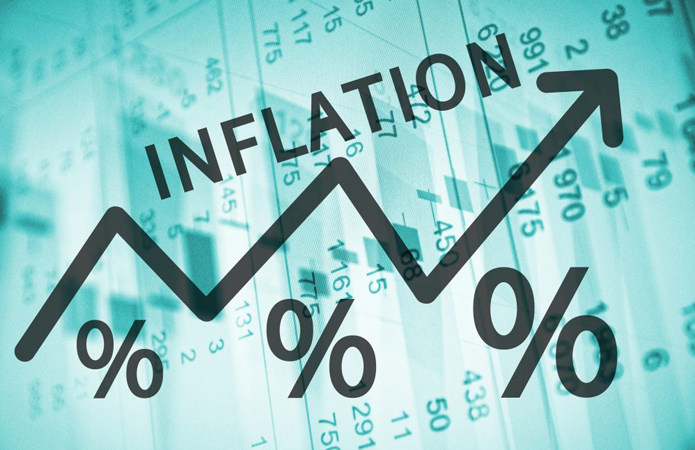Washington: Inflation has reached new highs in the United States and Europe as rising energy prices and supply bottlenecks restrain an economic recovery from the pandemic in both economies.
The U.S. Commerce Department reported Friday that prices rose 4.3per cent in August from a year earlier. While only lightly higher than the previous month, it was still the largest annual increase since 1990. Energy costs have jumped nearly 25per cent in the past year, while supply backlogs have pushed up prices for cars, furniture, and appliances.
In the 19 countries that use the euro, inflation increased to 3.4per cent in September, from 3per cent in August, the statistics agency Eurostat said Friday. That’s the highest since 2008. Energy prices have risen 17per cent in the past year, led by natural gas and electricity.
Such price gains can erode workers’ purchasing power and have complicated President Joe Biden’s ambitious spending plans, as well as raised pressure on central bank leaders in the U.S. And Europe.
The Commerce Department did report Friday that U.S. Consumer spending rose at a healthy 0.8per cent in August despite a surge in COVID-19 cases, after slipping 0.1per cent in July. That suggests that ongoing hiring, rising pay, and government payouts such as the new child care tax credit are fueling more spending and boosting the U.S. Economy.
Americans bought more furniture, clothes, and groceries in August, though the delta variant appeared to lead to a pull back on traveling and eating out. Most economists forecast that growth slowed in the July-September quarter, but expect that it will still reach a healthy 3per cent annual rate, down from 6.7per cent in the April-June quarter.
US Consumer prices increased 0.4per cent in August from July, the same as the previous month, providing evidence that the rise in prices has not slowed as much as economists had hoped by now. Excluding the volatile food and energy categories, core inflation increased 0.3per cent in August and 3.6per cent from a year earlier, the same figures as the previous month.
Supply shortages for everything from computer chips to furniture to paint and chemicals have driven up prices, with the economic rebound from the pandemic-fueled recession catching many companies flat-footed.
Jerome Powell, chair of the Federal Reserve, said Thursday that jammed ports on the West Coast, factory shutdowns in Asia amid COVID-19 spikes and other disruptions to the global supply chain have lasted longer than expected. Keeping prices stable is one of the Fed’s mandates, along with seeking maximum employment.
Still, Powell said he expected supply the chain to start improving next year, which could lead to lower inflation in the first half of 2022.
Some members of Congress — mostly Republicans — have blamed the sharp increase in U.S. Inflation since this spring on big increases in government spending, including about USD5 trillion in financial aid provided by former President Donald Trump and Biden’s USD1.9 trillion aid package approved last March.
Sen. Joe Manchin, a Democrat from West Virginia, has cited higher inflation as a reason for his opposition to Biden’s proposed USD3.5 trillion legislation that would spend more on health, education, and the environment.
Christine Lagarde, president of the European Central Bank, said Wednesday that so far, there isn’t any sign that recent price increases have caused European workers to push for sharply higher pay, which could then force companies to raise prices further and extend inflation.
“We certainly have no reason to believe that these price increases that we’re seeing now will not be largely transitory going forward,” Lagarde said.
The European Central Bank predicts inflation will recede next year, and Lagarde has previously said that it will not “overreact” by scaling back its support for the economy in order to counter temporary inflation. The central bank foresees inflation of only 1.7per cent next year and 1.5per cent in 2023, which is below the bank’s goal of 2per cent that’s considered best for the economy.
Still, economist claims that European inflation will be temporary hasn’t removed fears of price spikes and gas shortages this winter due to an extremely tight market for natural gas.
Natural gas traded at 94.46 euros (USD109.36) per megawatt hour in Europe on Friday, almost five times higher than at the start of this year. Reasons include strong demand in Asia, less supply from Russia, and cold weather this past winter that left reserves depleted.
Higher prices for natural gas and electricity have spread concern among European governments, which are taking steps to limit rises in residential utility bills through subsidies and tax cuts. Natural gas is a key fuel for generating electricity, so higher gas prices mean costlier electricity bills.
AP
